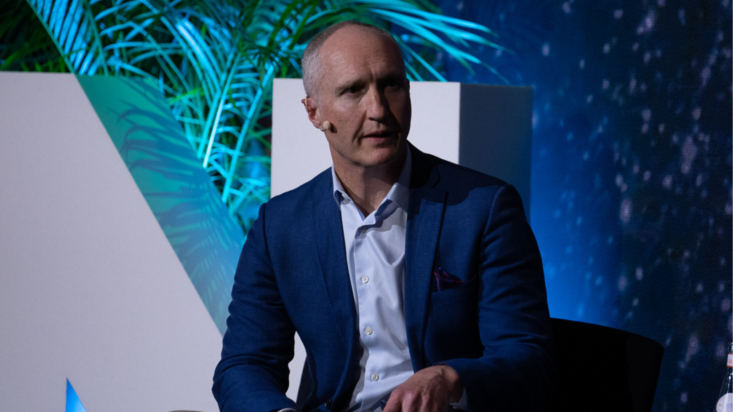‘Bonds are back’: Advisers shifting clients into fixed income as inflation persists
As equity and debt allocations get shaken up by the economic machinations of the inflationary cycle, financial advisers are preparing their clients for a environment where fixed income plays more of a role than it has done in recent memory.
James Edmonds (pictured), chief product officer at investment platform Praemium, recently asked a panel of advisers how they talk to clients about fixed income and prepare them for the new economic regime. Most agreed the change has already been under way for some time now.
“Over the last 12 to 18 months, there has been a very significant asset allocation change – we’ve seen a very rapid sell-off of investment in equities and aggressive securities and a rotation into fixed income and defensive assets,” Edmonds noted at The Inside Network’s Income & Defensive Assets Symposium in Sydney “At the end of the day, where the rubber hits the road is when advisers are actually talking to their clients, and how they implement that to achieve the goals and objectives that those investors have.”
Angela Ashton, founder and director of Evergreen Consultants, said she began talking to clients about the shifting landscape and potential asset allocation changes about 18 months ago. It was a big change, she said, because many people have not yet experienced a period where duration was seen as valuable.
Now, she believes any potential change to dynamic asset allocation is likely years away. “Bonds are back, and they’re going to be back for a while,” she said, and with inflation and interest rates unlikely to return to pre-COVID levels, “I suspect this movement back into bonds is actually a lot longer-term than people are thinking.”
Perpetual Private investment director Emily Barlow said she started making material changes to portfolios earlier this year. Perpetual had been “very much overweight credit, short on duration, and that boded quite well for a few years”, but it has since moved towards benchmark weights, she said.
According to Liz Hughes, senior financial adviser at Halcyon Wealth Advisers, the challenge she faced 18 months ago, particularly with more defensive retiree clients, was in “convincing them that they needed short duration and cash, even though, at that time, the returns on those asset classes were pathetic”.
While it sometimes took “a bit of convincing to hang out and get their 1 per cent returns on the understanding that we were heading into an environment where this was going to change”, she said, “the clients that did stay in what looked poor at the time were pretty relieved as things unfolded over the past four months”.
Robert Baharian, founder and CEO of Baharian Wealth Management, said he has been allocating more to private credit recently, particularly commercial real estate, which provides seniority and security that are “incredibly important and probably really underestimated and undervalued by investors in this market.”
‘Smorgasbord of riches’
Until recently, Edmonds said, finding sources of income was “really tough”, but that environment has completely changed. “We’ve got a smorgasbord of riches when it comes to potentially generating income.”
Hughes said more traditional asset allocation is now looking more attractive to Halycon’s clients, although she noted there’s still a possibility of risk on the horizon.
“For my fairly retail client base, term deposits yielding over 5 per cent with a government-backed guarantee are still looking pretty appealing right now,” she said. “I’m still overweight in cash, but I would imagine that changing over the next four months as well.”
Ashton noted that Evergreen is about three-quarters of the way into its duration move, aware that interest rates tend to stay elevated until the economy is in recession.
“They don’t cut until there’s blood in the streets,” she said. “Effectively, we think that’s the time to really go heavily into duration, and probably where it will yield the most income as well.”











